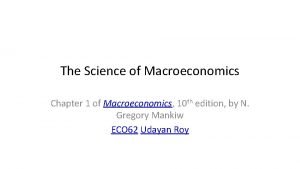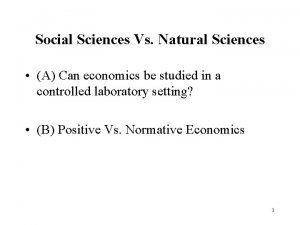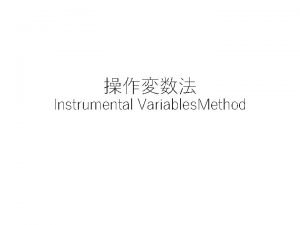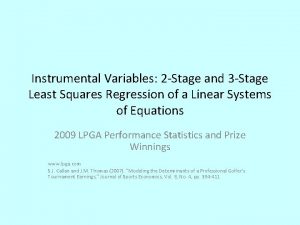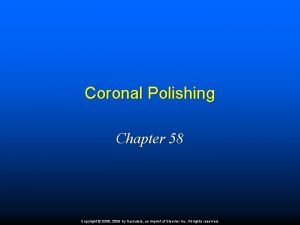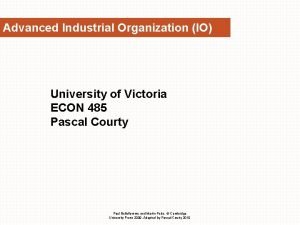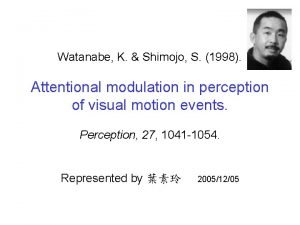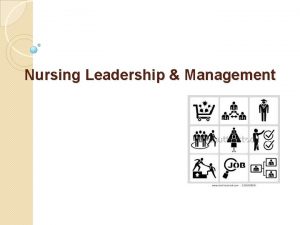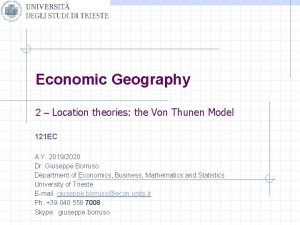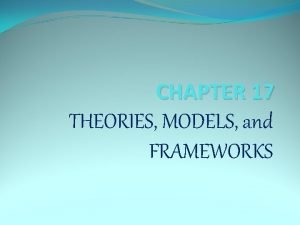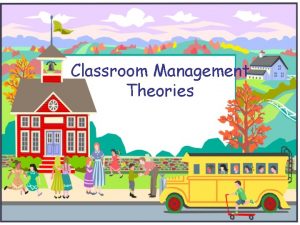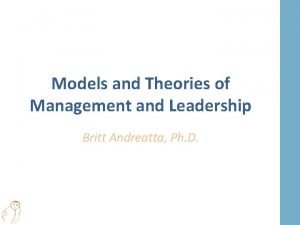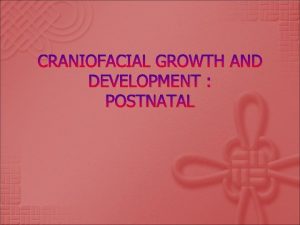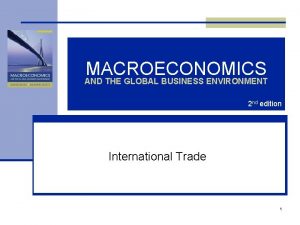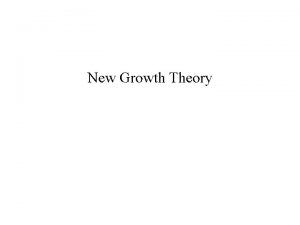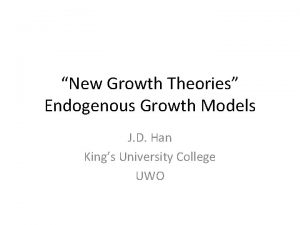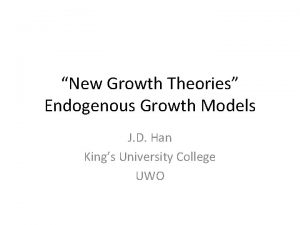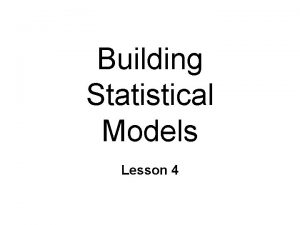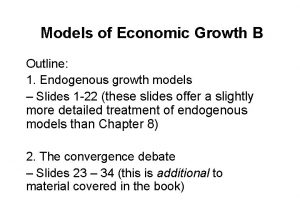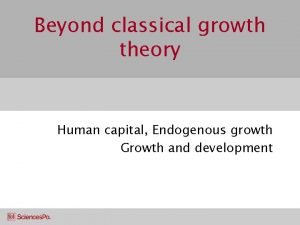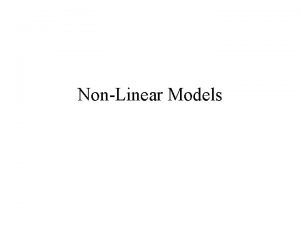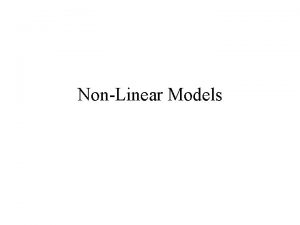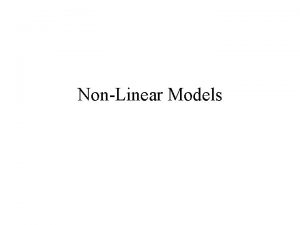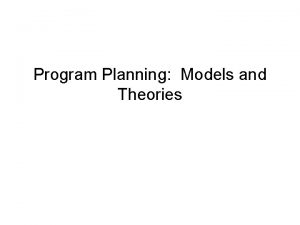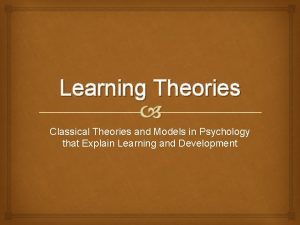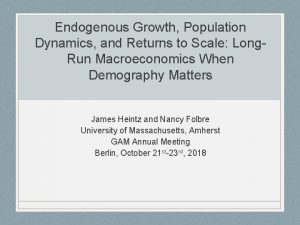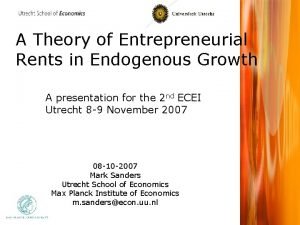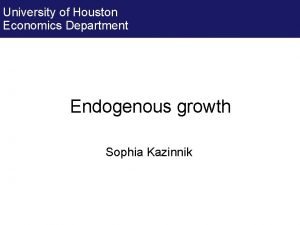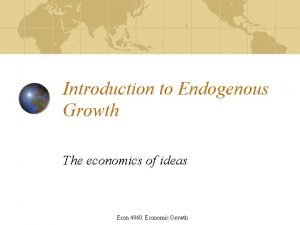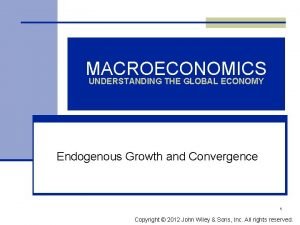New Growth Theories Endogenous Growth Models J D



























- Slides: 27

“New Growth Theories” Endogenous Growth Models J. D. Han King’s University College UWO

1. Problems of Neo-Classical Growth Model = Solow Model • Convergence MPK eventually declines • Technological Advances may eliminate convergence, but they are Exogenous in the model- The growth model itself does not explain the TA, and technical innovation happens out of blue, and is injected into Solow Model.

2. Endogenous Growth Model and New Explanatory Variable • Endogenous Economic Growth Model • New Explanatory Variables - Human Capital with Knowledge; It is separate Physical Capital with Technical Innovation; we can have an accumulation/evolution function for Human Capital - Other variables measuring quality of human factors may be tried. • No convergence – MPK does not have to decline if there is an increase in Human Capital

The contribution of this model is that it emphasizes the link between Technical innovation, Human Capital, and Institutions including Government. Cf. The previous Neo-Classical economists emphasized the close relationship between Technical Innovation and Physical Capital.

Formal EG Model: Romer-Mankiew-Weil Model • Technological change is the result of the intentional actions of people, such as Invention, and Research and Development • Some institutions promote innovation and R & D, and others inhibit R & D. • Romer supports Government-funding for Educational Institution and R & D. http: //www. stanford. edu/~promer/Economic. Growth. pdf

Growth, Technology and Education Engelbrecht – At an early stage of economic development, the level of education plays important role in technological catch-up – Productivity growth is more rapid where countries have higher levels of average schooling – Human capital has largest effects when specific to subcategories important for technological diffusion (science, math, engineering)

3. Human Capital: • What is it?

Human Capital Theory pioneered by Gary S. Becker • (1964, 1993, 3 rd ed. ). Human Capital: A Theoretical and Empirical Analysis, with Special Reference to Education. Chicago, University of Chicago Press. • human capital – “our knowledge, skills learning, talents and abilities. ” (Definition by OECD) http: //www. oecd. org/document/43/0, 3343, en_21571361_37705603_37781227_1_1, 00. html

Labor versus Human Capital • Labor - Quantity of workforce - physical - solated , invididual • Human Capital -Quality of workforce -Intellectual - Between Humans, Institutional

Unlike physical labor (and the other factors of production), knowledge is: • Expandable and self-generating with use: as doctors get more experience, their knowledge base will increase, as will their endowment of human capital. The economics of scarcity is replaced by the economics of self-generation. • Transportable and shareable: knowledge can be moved and shared. This transfer does not prevent its use by the original holder. It is public goods.

Quantification of Human Capital • Now economists want to find the measure of Haman Capital: • They look at Education Indexes, such as the years of Schooling.

How to quantify Human Capital? • Education* • (years of )Schooling • Literacy

Evidence: Economic Growth and the Quality of Human Capital • One standard deviation increase in international test scores (generalized) impacts growth rate by 1% per year • 1% rise in literary scores compared to the international average associated with 2. 5% rise in productivity and 1. 5% Robert Barro; The American Economic in GDP per capita Review; May 2001

4. Math of the Formal Model: Romer-Mankiew-Weil Model • Instead of Y= A a 1 -a K L of conventional Neo-Classical Model • proposes Y = A a K b 1 -a-b H L

• Because of H, there is no Convergence; an increase in H cancels the decreasing MP. H becomes the engine of growth

5. Empirical Testing of Endogenous Growth Model • Run a restricted regression of log (d. Y) = α 0 + α 1 log (d. K) + α 2 log (d. H) + α 3 log (d. L). Empirical results are mixed • Remaining Ambiguity: If H is measured by a narrow concept of “Schooling”, it delays but eventually shows the DMR again. http: //www 2. warwick. ac. uk/fac/soc/economics/seminars/macro/mankiw 2. pdf

6. Limitations and Extension A Lot of Remaining Ambiguity of Human Capital -not fully captured by a single, individual measure of education eg) military services, and non-school training and services are not formally included in education, but should be included in case of nation-wide compulsory military services. -not only quantity of education but also quality of education -some authors suggest that education system should be included

* Example of Extension into a ‘system’ by Peter Howitt – Education policies need to be appropriate to country’s position in relation to the frontier - May explain discrepancies in correlations between education and growth - Effects of liberal trade policy on domestic innovation

7. Some Other Less Formal Models of Endogenous Growth model

Example 1) Financial Development by King and Levine; by J. D. Han, et. al. • Y = f( H, M 3/Y; K, L) Y = f( H, M 3/Y , G/Y, (M+X)/Y, INF) • Empirical results: H, M 3/Y, IY are significant: /t-value/>1. 96 INF, G/Y, (M+X)/Y are not significant.

Example 2)Curse of Natural Resources by Carlos Leite http: //ideas. repec. org/p/imfwpa/9985. html Model: Y = f( R; K, L) Results: Resources have negative impacts on Y. Conclusion: “Nature corrupts human beings” - Natural resources decrease Human capital.

Example 3) Quality of Government (or its lack) • D%Y = a + b X + c (Quality Index of Government) Results? Generally +ve correlation • D%Y = a + b X + d (Corruption Index of Government) Results? Mixed or + ve correlations between corruption and growth for some countries Interpretations? Corruption can improve economic efficiency in an imperfect world; Cultural differences in definition of corruption

Excellent References for Corruption • *TI Corruption Perception Index and Barometer, www. transparency. org • *WB Governance Indicators, http: //info. worldbank. org/governance/wgi 2007/ • *WB and ERDB Business Environment and Enterprise Performance Surveys, • http: //info. worldbank. org/governance/beeps/ • *UN Interregional Crime and Justice Research Institute, International Crime • Victims Surveys, http: //www. unicri. it/wwd/analysis/icvs/statistics. php http: //qcpages. qc. cuny. edu/Writing/Sun%20 -%20 PSCI%20384 W%20 S 08. pdf

Example 3) One of More Comprehensive Models • http: //www. imf. org/external/pubs/ft/wp/200 4/wp 04217. pdf

Summary Formal Endogenous Growth Theory Capital Decreasing MP Labor (Forces) Growth Technology R & D: New Tech Diffusion: Existing Human Captial Education: Schooling Literacy Ad hoc Endogenous Growth Model Other Preliminary Variables: (No) Corruption Order (Crime Rate) Government Policy

Example 4) Culture and Institution • Max Weber (19 th century) said that ethics matters for modern economic growth. • Gino Tabellini(2006)’s empirical works on European countries: Culture (and Institution) matters persistently for sustainable economic growth in the long-run. • From studies of East Asian economies, Tu Weiming at Harvard says that Neo-Confucian ethics matters in the long-run sustainable economic growth.

The Bottom line is -There a variety of Endogenous Growth Theories. -They focus on ‘something inside or deeper’ than K, L, and T, which is called ‘Endogenous Factors’. -Some focuses on Human Capital, and other focuses on Social Capital or Culture and Institutions. -Somewhat convincing, but difficult to prove it definitely.
 Neoclassical growth theory vs. endogenous growth theory
Neoclassical growth theory vs. endogenous growth theory Endogenous variables
Endogenous variables Endogenous vs exogenous
Endogenous vs exogenous Endogenous covariates
Endogenous covariates Endogenous variables
Endogenous variables A right handed operator generally begins seated at
A right handed operator generally begins seated at Advanced industrial economics
Advanced industrial economics Endogenous attention
Endogenous attention Likert leadership theory
Likert leadership theory Criticism of von thunen model
Criticism of von thunen model Nursing informatics theories, models and frameworks
Nursing informatics theories, models and frameworks Ap human geography models and theories
Ap human geography models and theories Ginotts model
Ginotts model Management models and theories
Management models and theories Difference between model and semi modals
Difference between model and semi modals Different theories of growth and development
Different theories of growth and development Prenatal growth of cranial base
Prenatal growth of cranial base New trade theory
New trade theory What is growth analysis
What is growth analysis Pith
Pith Carothers equation
Carothers equation Primary growth and secondary growth in plants
Primary growth and secondary growth in plants Primary growth and secondary growth in plants
Primary growth and secondary growth in plants Geometric vs exponential growth
Geometric vs exponential growth Difference between organic and inorganic growth
Difference between organic and inorganic growth New growth theory
New growth theory Willis definition of neoplasia
Willis definition of neoplasia Speech
Speech

